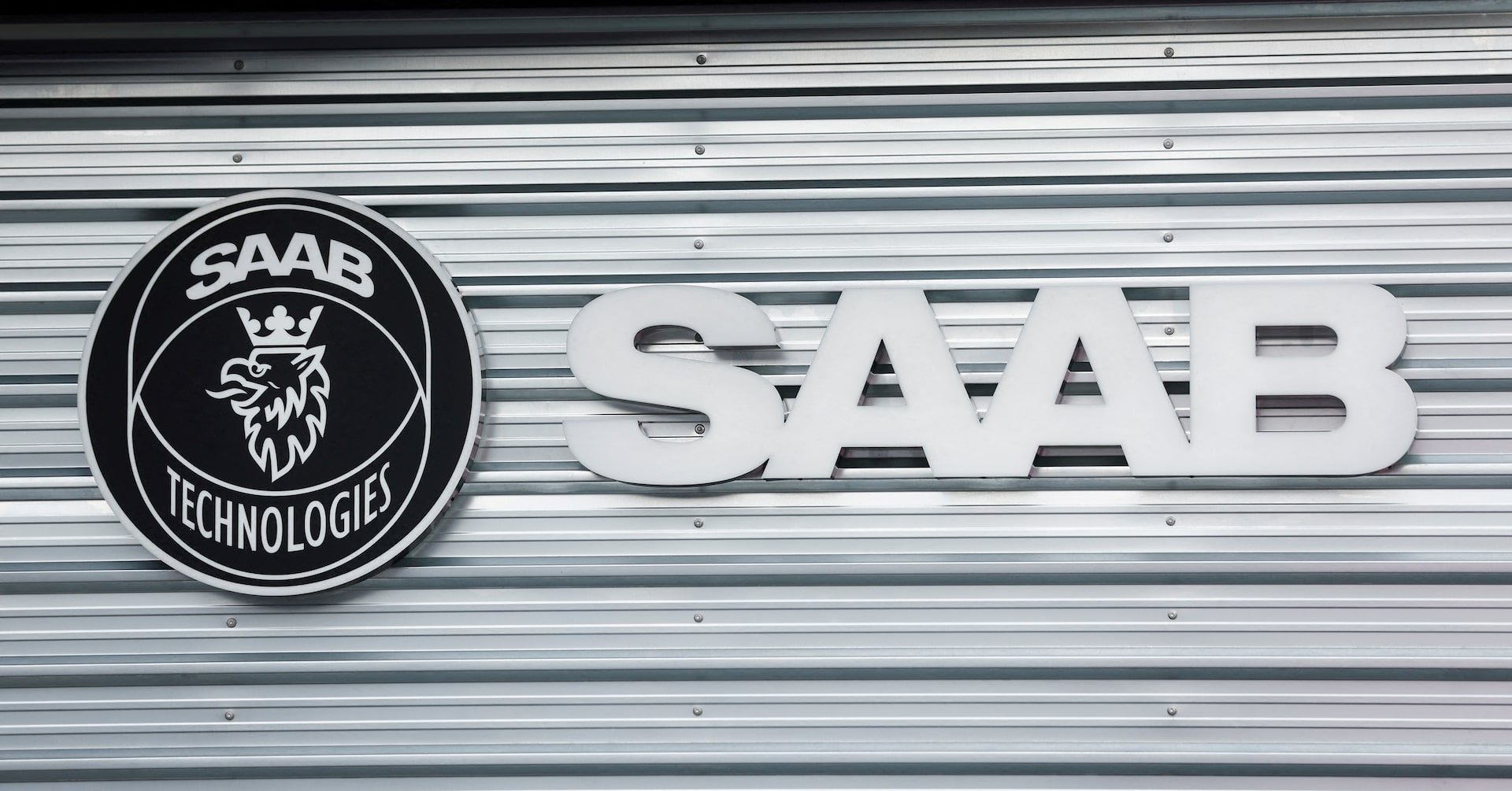
In a pioneering development in European defense technology, Swedish aerospace company Saab and German artificial intelligence (AI) defense startup Helsing have successfully conducted a simulated combat test involving an AI-piloted Gripen E fighter jet. The test, disclosed on Wednesday, involved the AI-controlled aircraft engaging in a simulated dogfight with a human-flown fighter jet, providing critical insights into the capabilities and limitations of AI in aerial combat.
The test represents a significant advancement in autonomous military systems, underscoring Europe’s commitment to developing homegrown defense technologies that incorporate advanced AI. Though details about the outcome of the engagement remain limited, Saab and Helsing highlighted the value of the test in assessing the performance of AI algorithms under realistic combat conditions.
The Gripen E, manufactured by Saab, is a state-of-the-art fighter aircraft known for its agility, advanced avionics, and multirole capabilities. Integrating autonomous systems with such a platform represents a step towards increasing operational efficiency, expanding airborne capabilities, and potentially reducing risks for human pilots.
Helsing, a Munich-based defense AI startup, has been rapidly gaining attention for its work in AI systems designed for real-time analysis and combat decision-making. According to company representatives, the test enables the validation and refinement of their AI models in highly dynamic aerial scenarios.
This development is part of a broader trend among NATO and European defense agencies to accelerate research and deployment of AI and unmanned technologies. The successful test also positions Saab and Helsing as leaders in the race to integrate autonomy into next-generation fighter programs, such as the Future Combat Air System (FCAS) being developed collaboratively by France, Germany, and Spain.
While the use of AI in warfare continues to raise ethical and strategic concerns, the simulation test was conducted under controlled conditions, providing researchers with valuable data on AI behavior, decision-making speed, and tactical adaptability.
The companies indicated that further trials and developments are planned, with an eye toward eventually incorporating AI systems that can either assist or independently carry out complex missions in contested airspaces. Officials emphasized that human control remains paramount, with AI envisioned as a support and augmentation tool rather than a replacement.
As tensions increase globally and the demand for technological superiority intensifies, the test provides a glimpse into the future of air combat — one where human and machine could operate side-by-side or, potentially, in competition.
Source: https:// – Courtesy of the original publisher.








